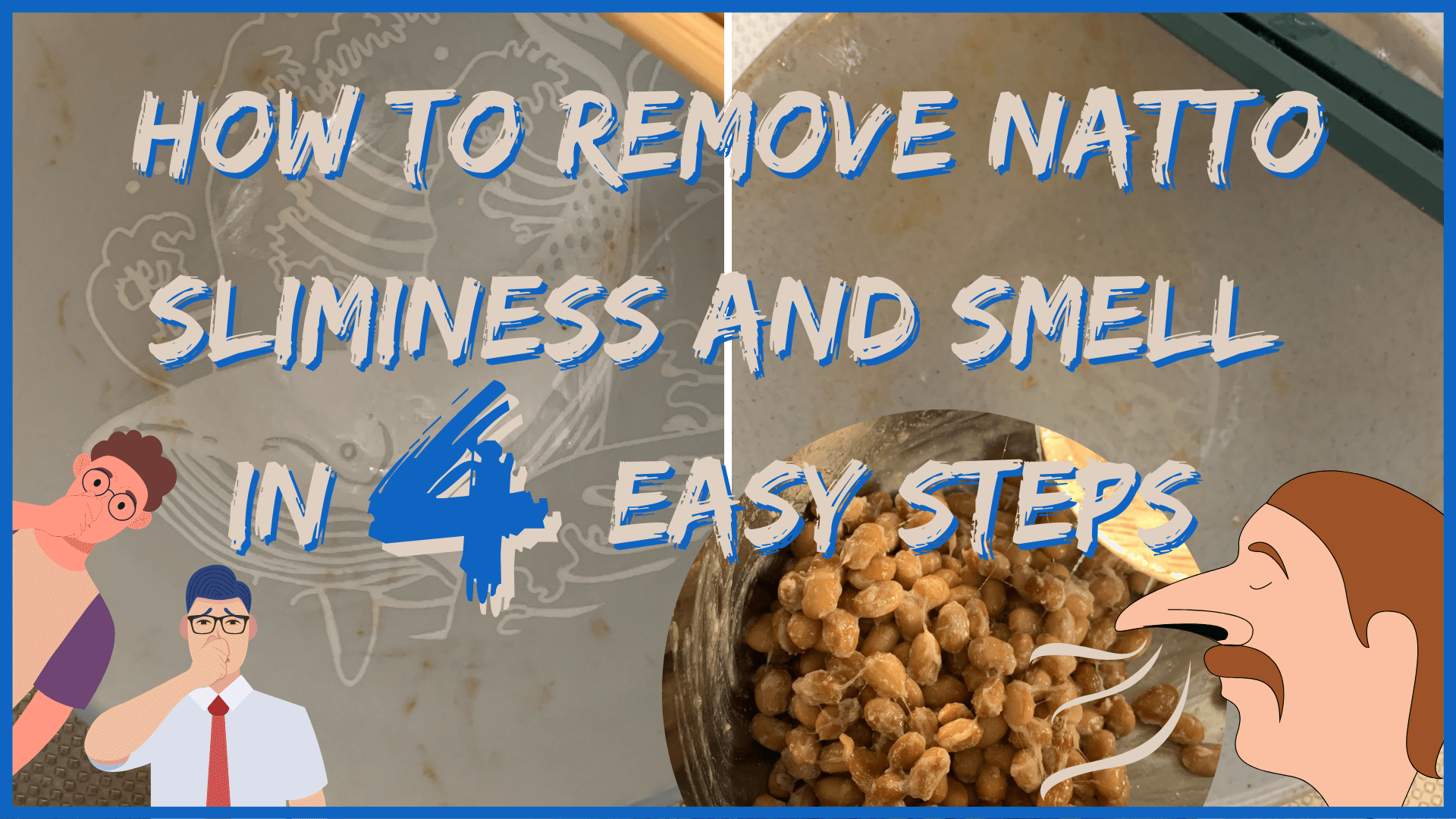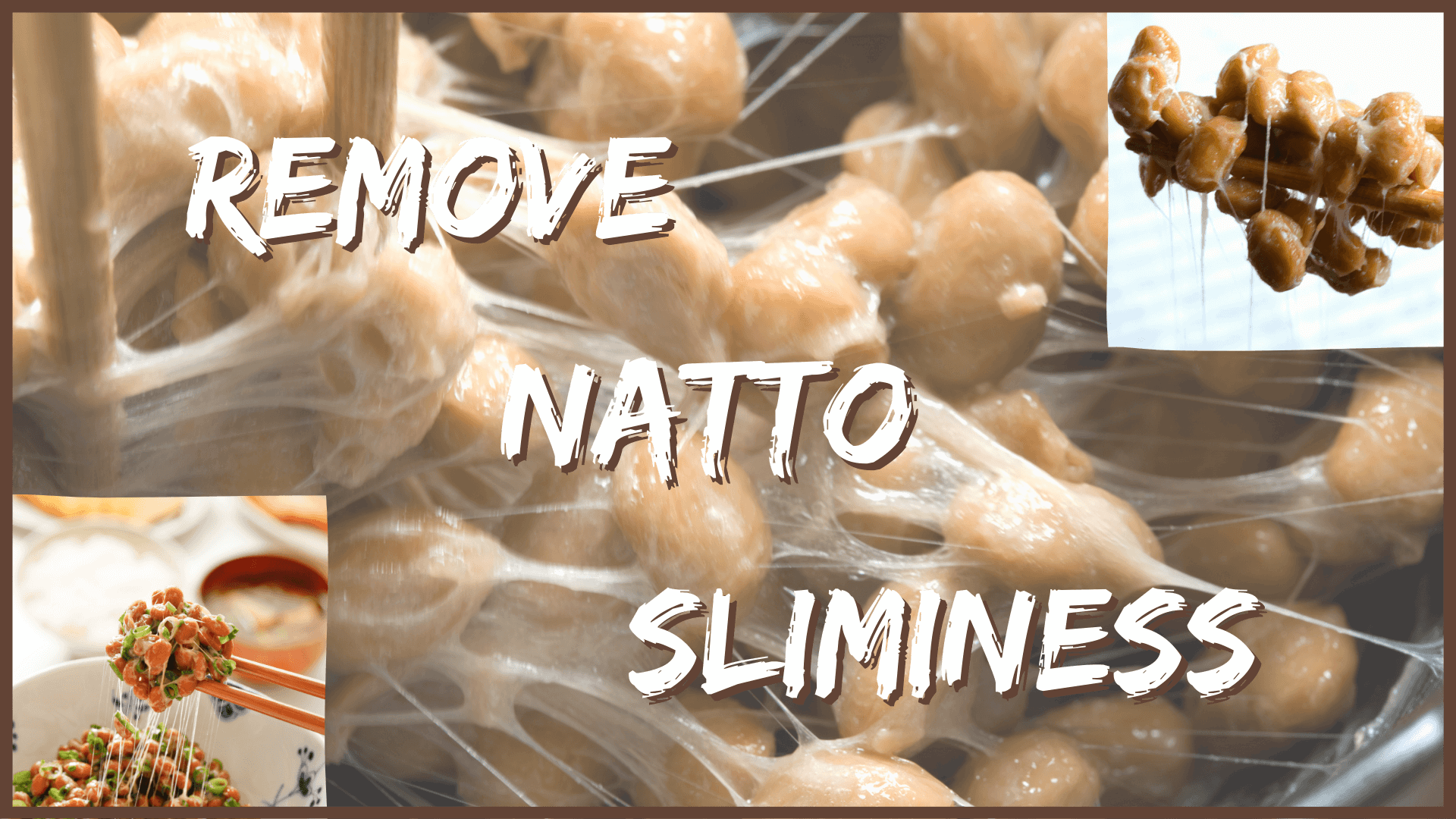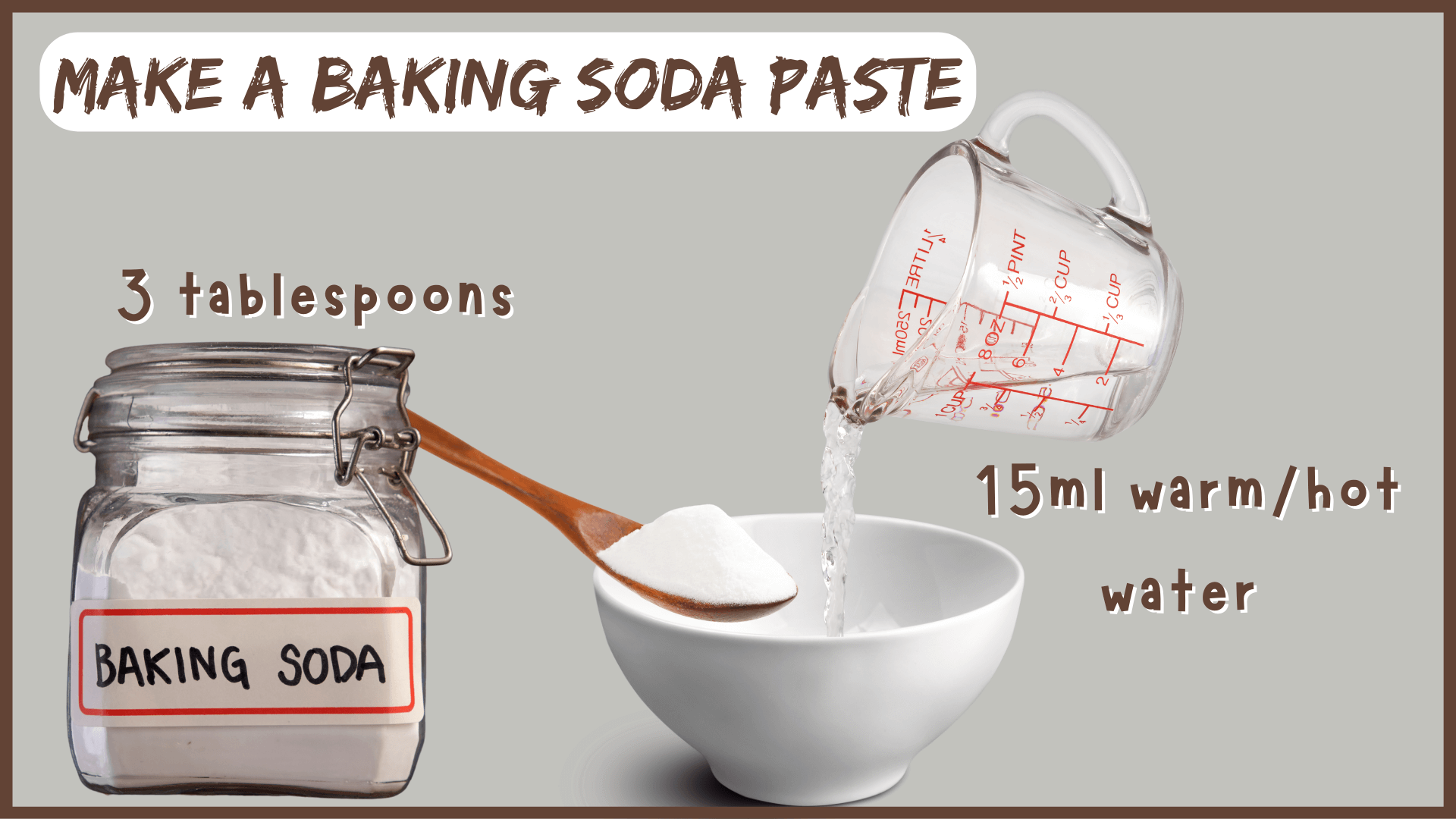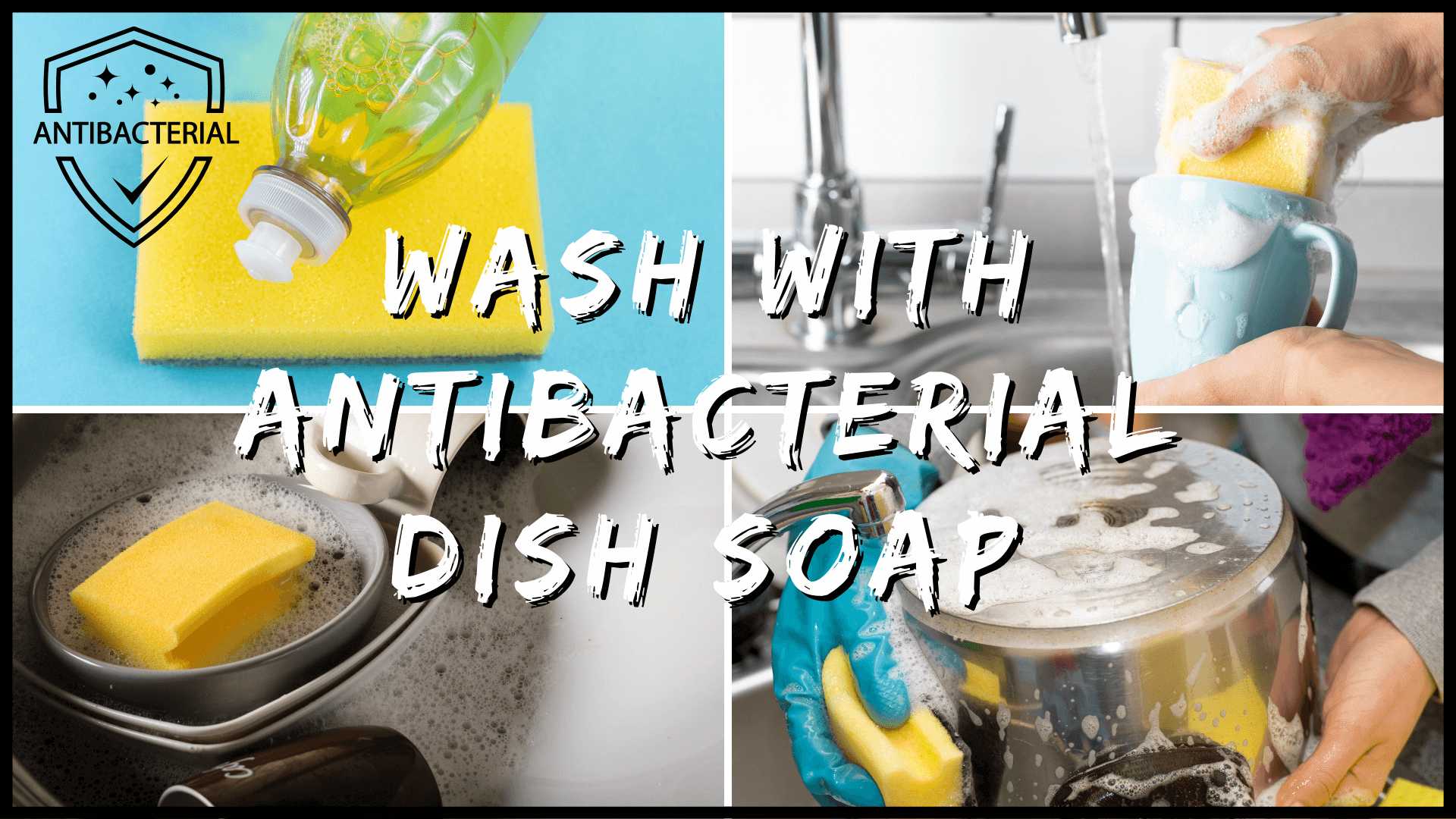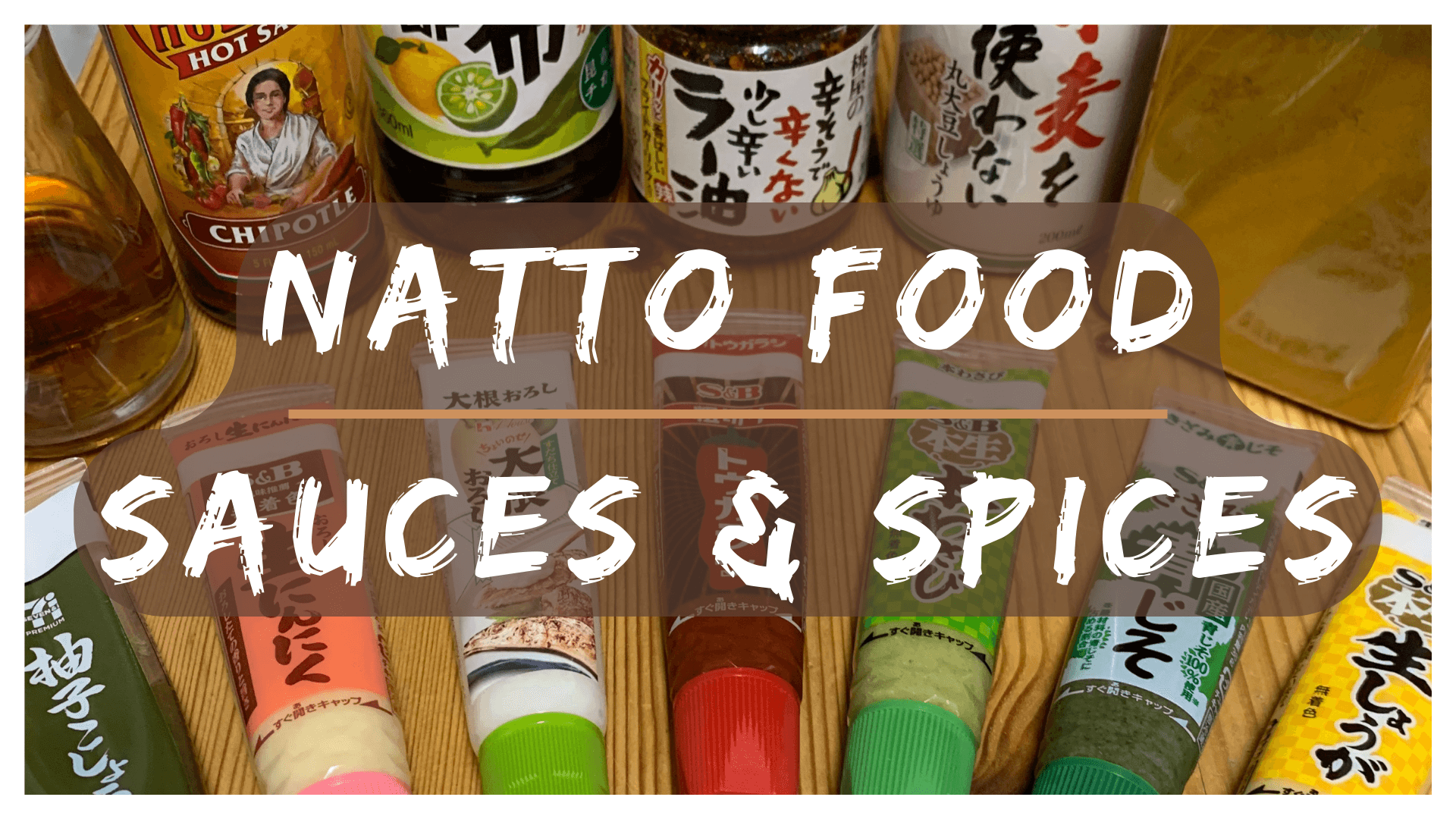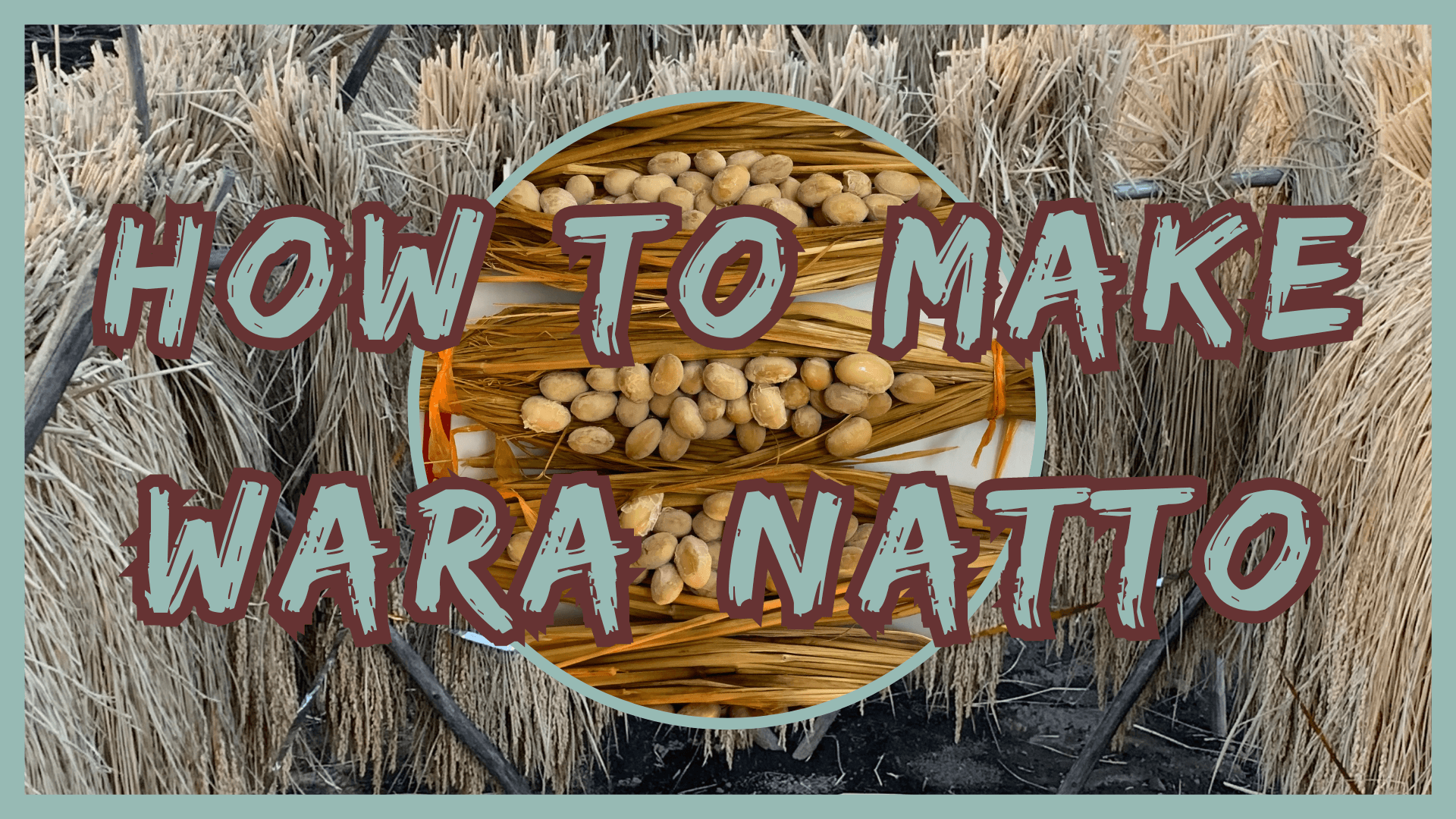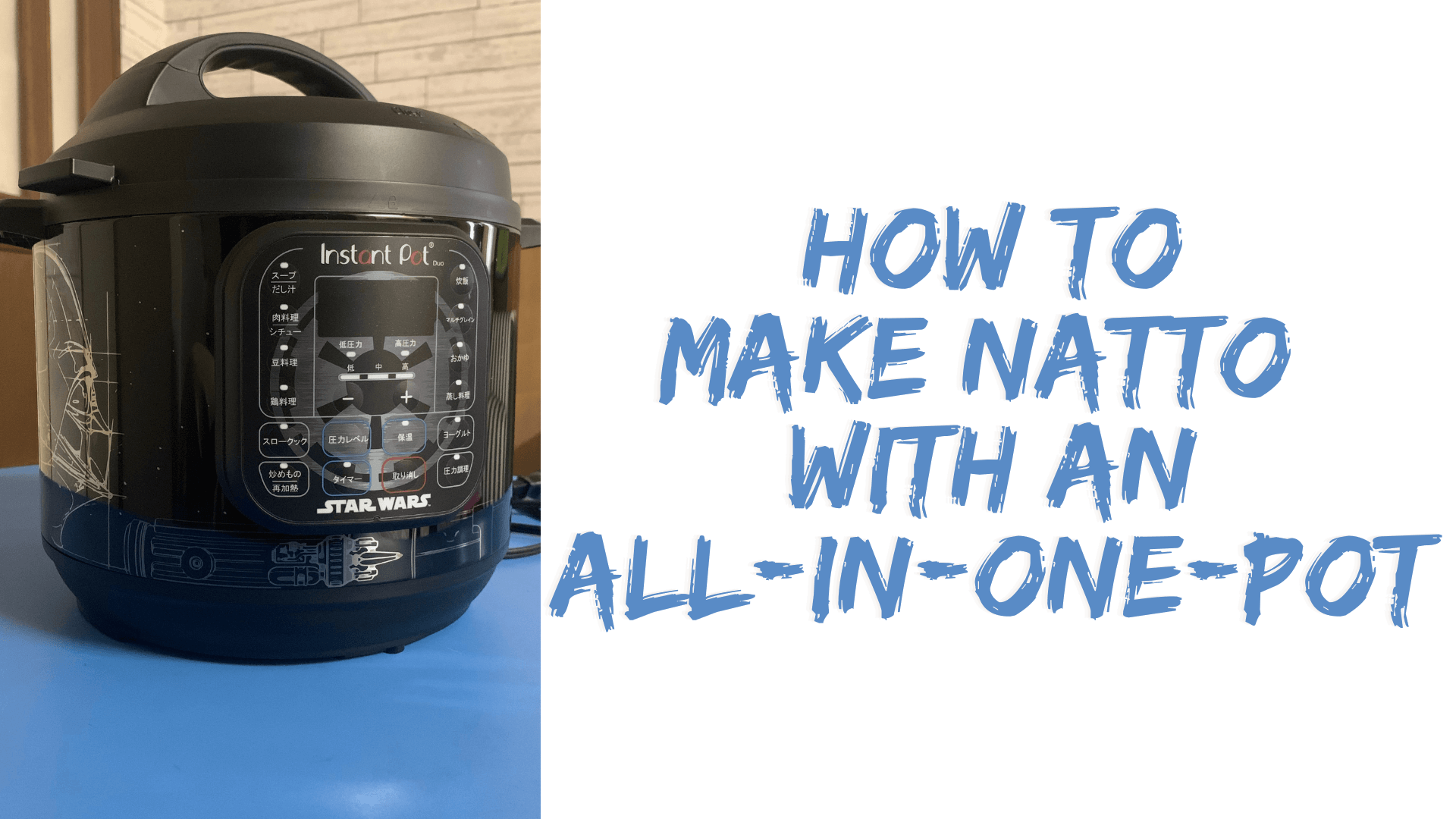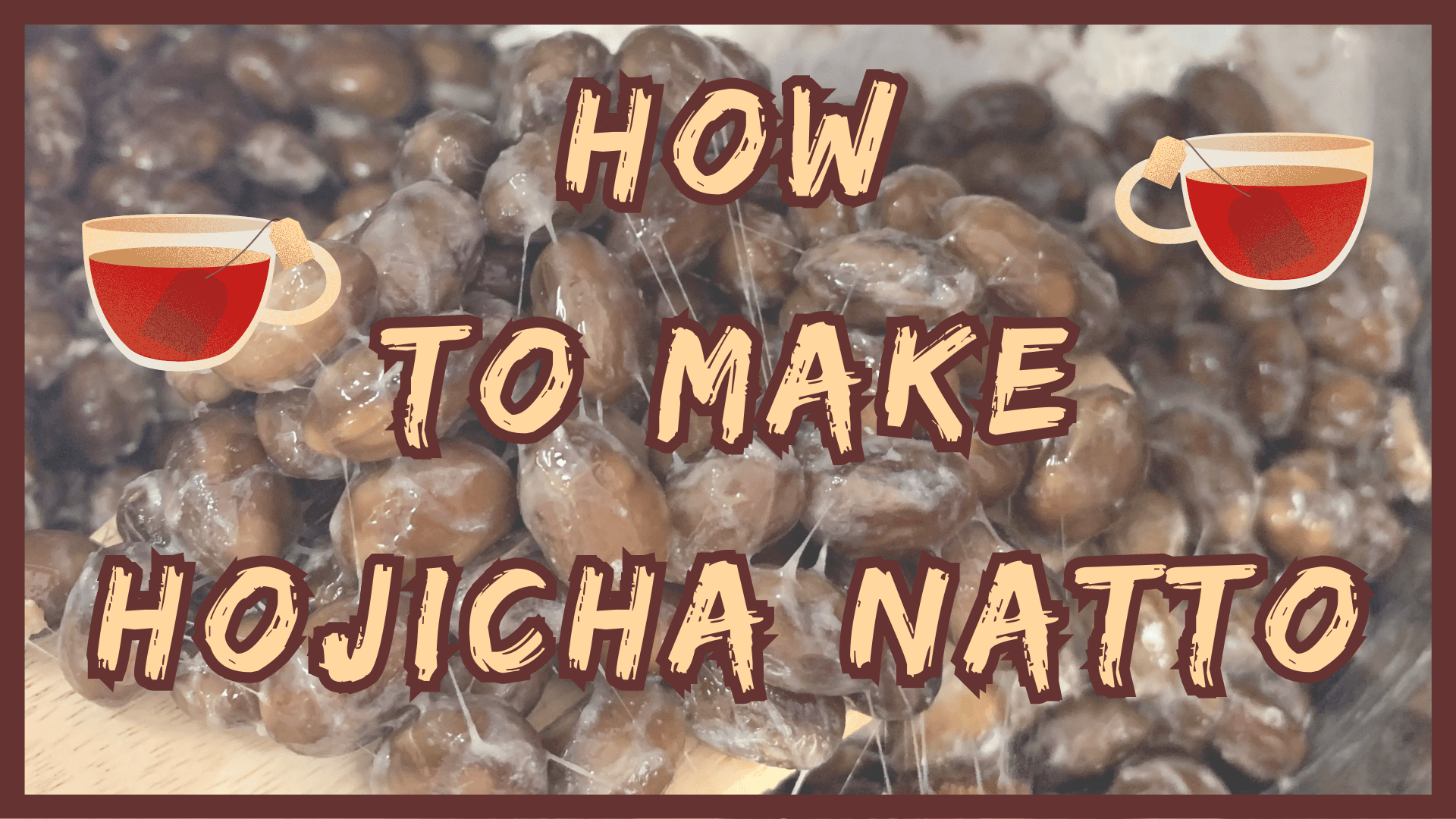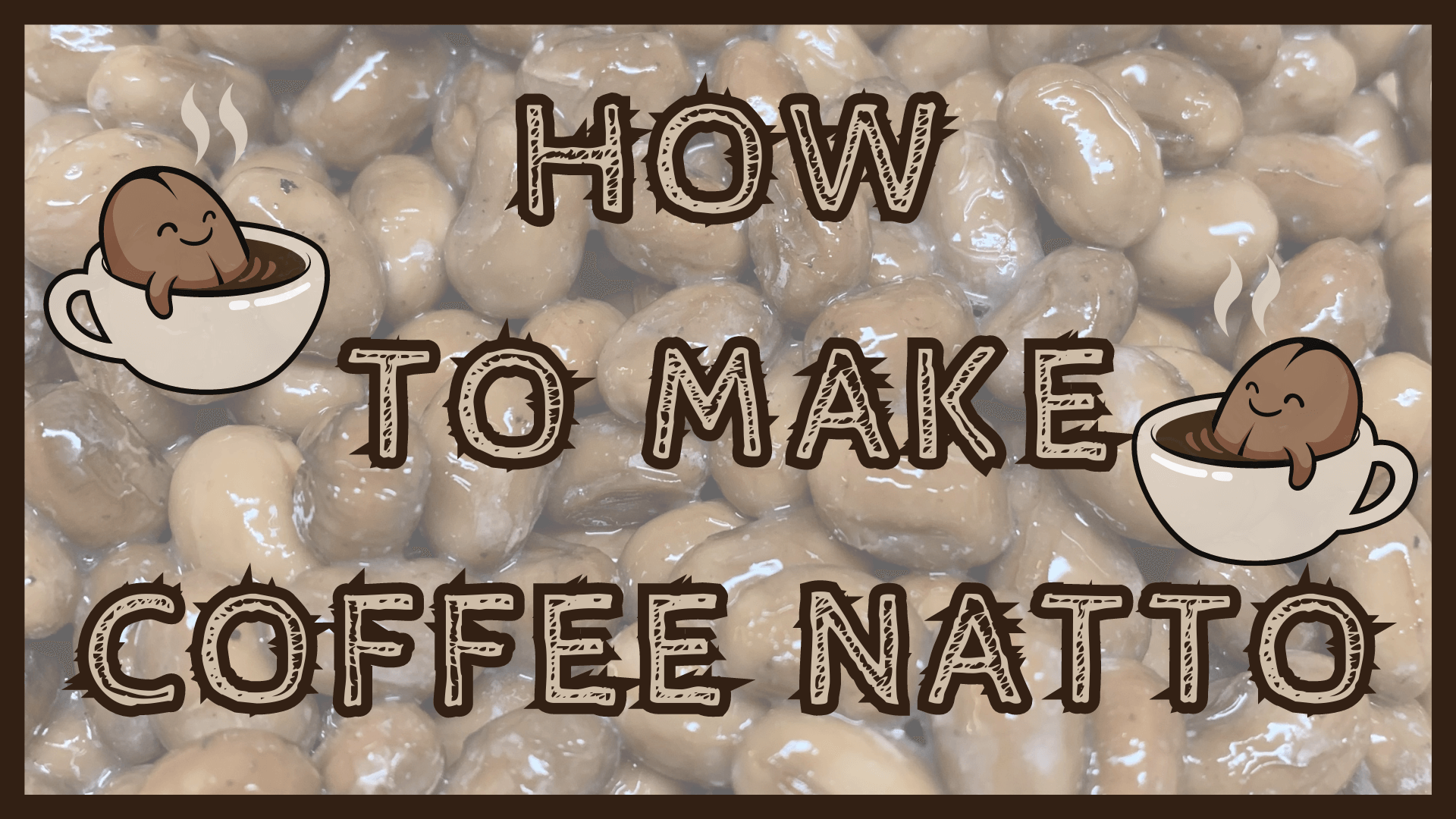- Natto
- How to Remove Natto Sliminess and Smell
How to Remove
Natto Sliminess and Smell
in Four Easy Steps
So you just finished making your very own homemade fermented soybeans in your all-in-one-pot and you want to know how to remove natto sliminess and smell.
Or maybe you've just eaten some sticky, stringy beans and now your silverware and dishes have been left with a natto sliminess and smell that you're not sure how to get off.
Whatever the reason, you're in the right place!
I've been where you are now, and I'm going to teach you 4 Easy Steps to get your all-in-one-pot, utensils, and dishes squeaky clean and natto odor-free.
4 Easy Steps:
Before we get started, you'll need to prepare a few items:
- Baking soda
- Measuring cup
- Measuring spoon (tablespoon)
- Bowl
- Antibacterial Dish Soap
- Sponge
- Lemon (optional)
Once you have all the items ready, let's get cleaning!
Natto Talk
Want to chat about Japanese fermented soybeans and how you can better enjoy this Japanese superfood?
Subscribe to Natto Talk!
A monthly publication containing info about:
- Things relating to natto
- Simply Natto's "Natto Recipe of the Month"
- Japan and its culture
- Updates made to the Simply Natto website and its social media pages
- Any upcoming product drops or projects
So what are you waiting for?
Fill out the form below and join.
I look forward to sharing my natto journey with you and learning about yours.

How to Remove Natto Sliminess and Smell - Step One
The first step is to remove the natto sliminess from the stirring spoon you used to scoop out the fermented soybeans from the pot, and from the stainless pot in your all-in-one-pot.
If you've just eaten natto, then this goes for your utensils and dishes as well.
Under warm running water, use your hand as a sponge to clean off the sliminess.
It isn't going to come right off, so you'll need to keep washing the sliminess with your fingers until you don't feel it on the surface of the cookware and tableware anymore.
This cleaning process usually takes around 20-30 seconds for each utensil, stirring spoon, and dish, and a little bit longer for the stainless pot.
Once the sliminess is removed, it's time to tackle that lingering ammonia smell.
How to Remove Natto Sliminess and Smell - Step Two
To get rid of that ammonia smell, we're going to make a paste.
Take out a bowl and pour 15ml warm/hot water into it.
Add three tablespoons of baking soda to the water.
Stir the baking soda in the water with the stirring spoon that you just removed the natto sliminess from (or use one of the utensils you used when eating your natto).
Once a paste forms, scoop out some with your fingers and rub it over the entire surface of the inside of the stainless pot (the bottom and the sides).
Repeat this process on your stirring spoon, utensils, dishes, sealing ring, and the inside of the lid of the all-in-one-pot.
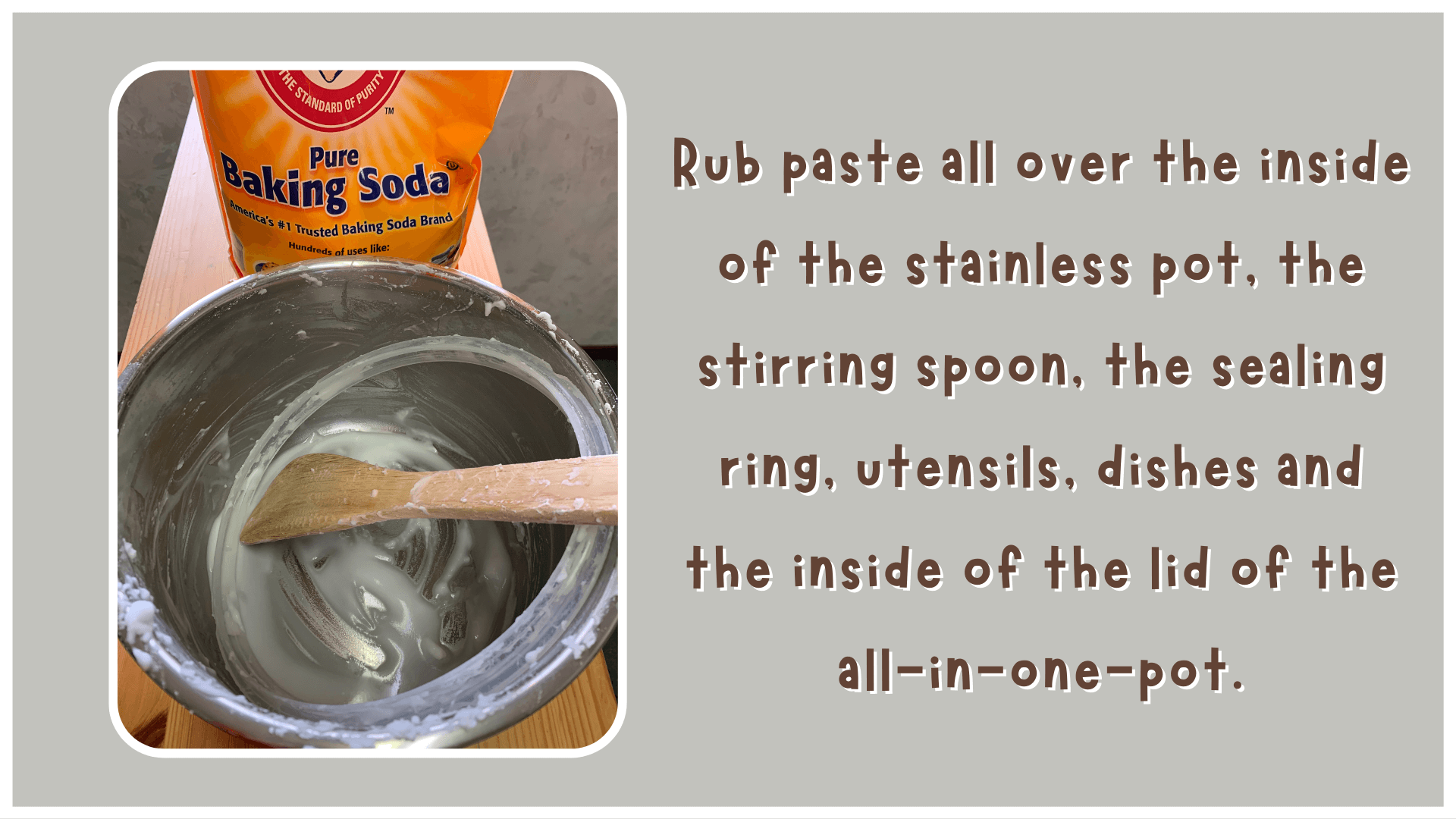
***Apply a generous amount of paste over the surfaces - make more paste if needed.
Set the dishes and lid aside (inside face up), and place all of the utensils, stirring spoon and sealing ring inside the stainless pot.
Let everything sit for an hour.
Rinse off the paste with warm/hot water and then clean with some antibacterial dish soap.
Simply Natto: Natto Lingo

重曹
(jyuso)
"joo-sew"
- baking soda
ペースト
(pesuto)
"pay-sue-toe"
- paste
How to Remove Natto Sliminess and Smell - Step Three
Apply some antibacterial dish soap to your sponge and scrub the utensils, the stirring spoon, the dishes, the stainless pot and the sealing ring.
Scrub the cookware as you would normally do, but make sure to wash the entire surface of everything.
For the all-in-one-pot lid, gently wash the surface and rinse off the soap.
(Make sure not to submerge the lid in water - wash the inside only)
Rinse off the utensils, the stirring spoon, the dishes, the stainless pot and the sealing ring with warm/hot water.
Set aside the utensils, the stirring spoon and the dishes, and allow them to air dry.
Dry off the outside of the all-in-one-pot lid with a clean dish towel and set it aside.
Properly put the sealing ring back on the inside of your all-in-one-pot lid and then dry off the outside of your stainless pot with a dish towel.
Load the pot back into your all-in-one-pot and then remove the excess steam collector (found on the outside of the machine) and give it a wash with dish soap.
Rinse off the soap with warm/hot water and then dry off the outside of the collector.
Attach it back on your machine and get ready to sterilize the inside of your machine.
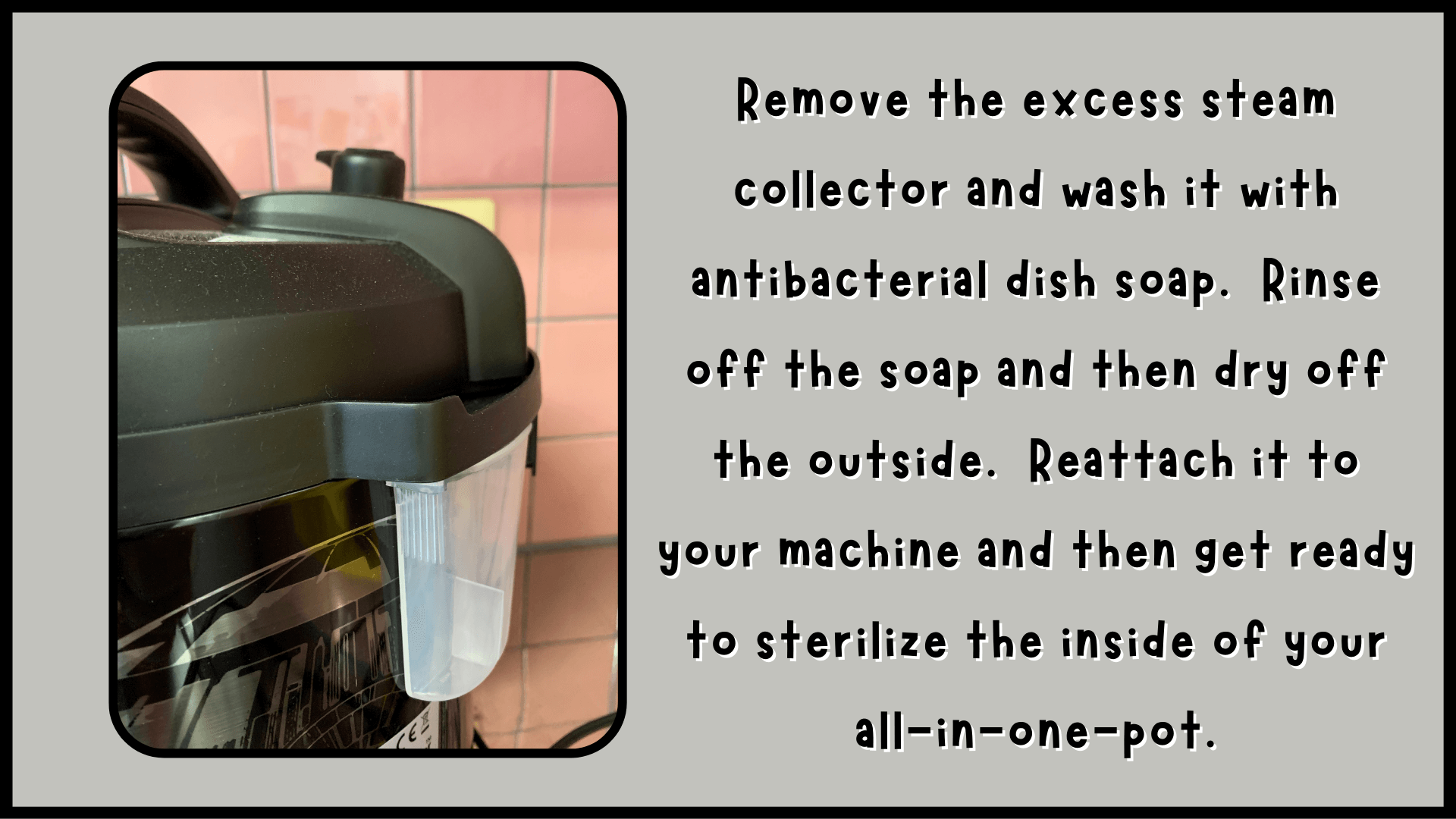
How to Remove Natto Sliminess and Smell - Step Four
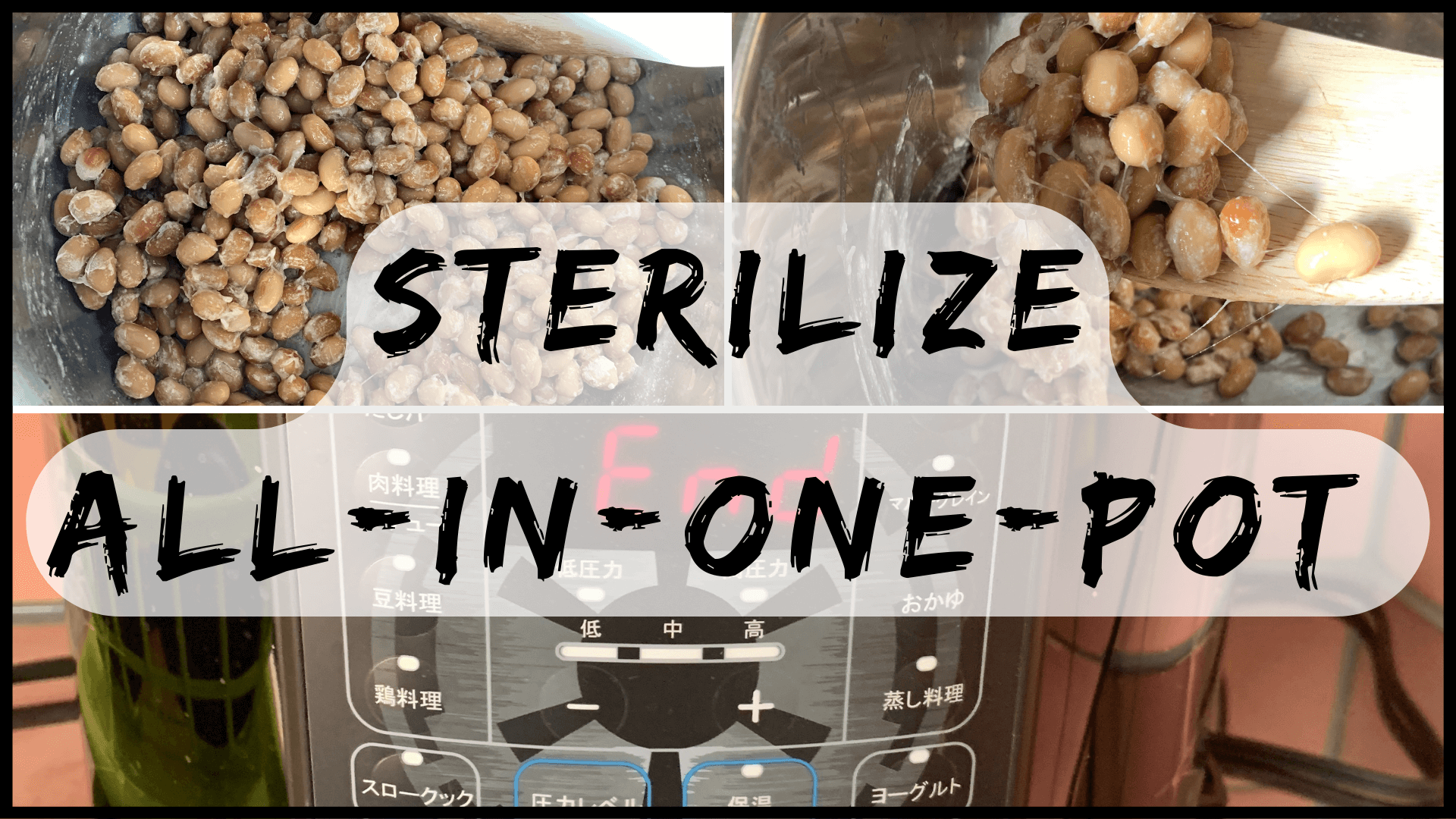
Since you used a bacterium to ferment the soybeans, it's a good idea to sterilize your all-in-one-pot.
This ensures that any remaining natto spores (Bacillus subtilis natto) in your machine are removed and that your all-in-one-pot is thoroughly clean and ready to cook other foods not named natto.
Follow these simple steps:
Fill the stainless pot with 750ml (3 cups) of water.
Optional: For a fresh scent, squeeze half of a lemon into the water and then rub lemon rind around the sides of the pot and on the inside of the lid.
Put your steaming basket into the pot and put any other stainless utensils that you used while fermenting the soybeans in the basket (measuring spoon, stirring spoon, etc.).
Securely close the lid on your all-in-one-pot and move the vent into the "Sealing" position.
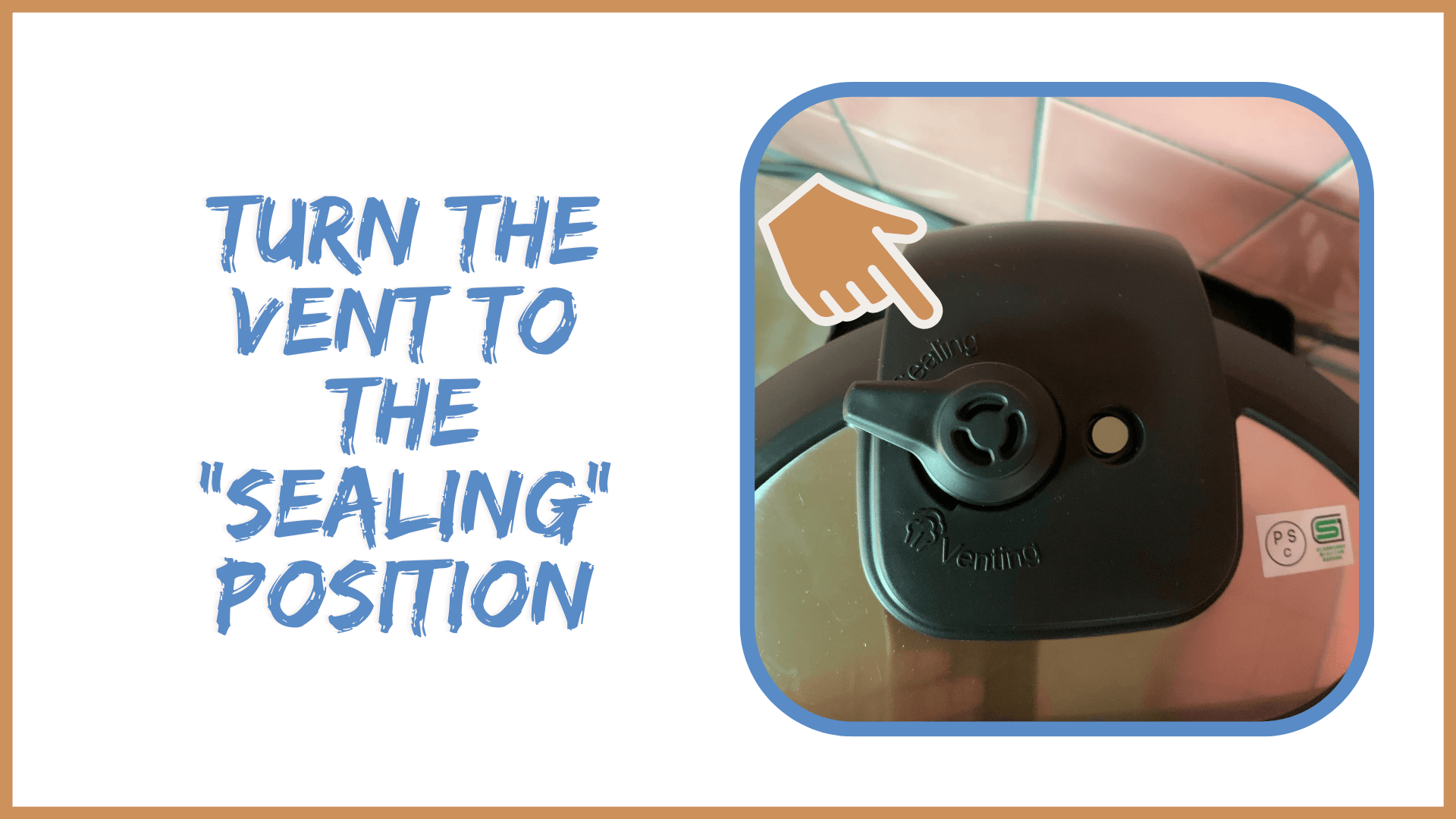
***Did you remember to re-install the excess steam collector? Do this before pressing any buttons.
Select the "Steam" function and press the (+) or (-) buttons to set the timer to 15 minutes.
After a few seconds "On" will display on the screen of your machine.
It will take about 10 minutes or so for the 15-minute timer to be displayed and for the steaming to start.
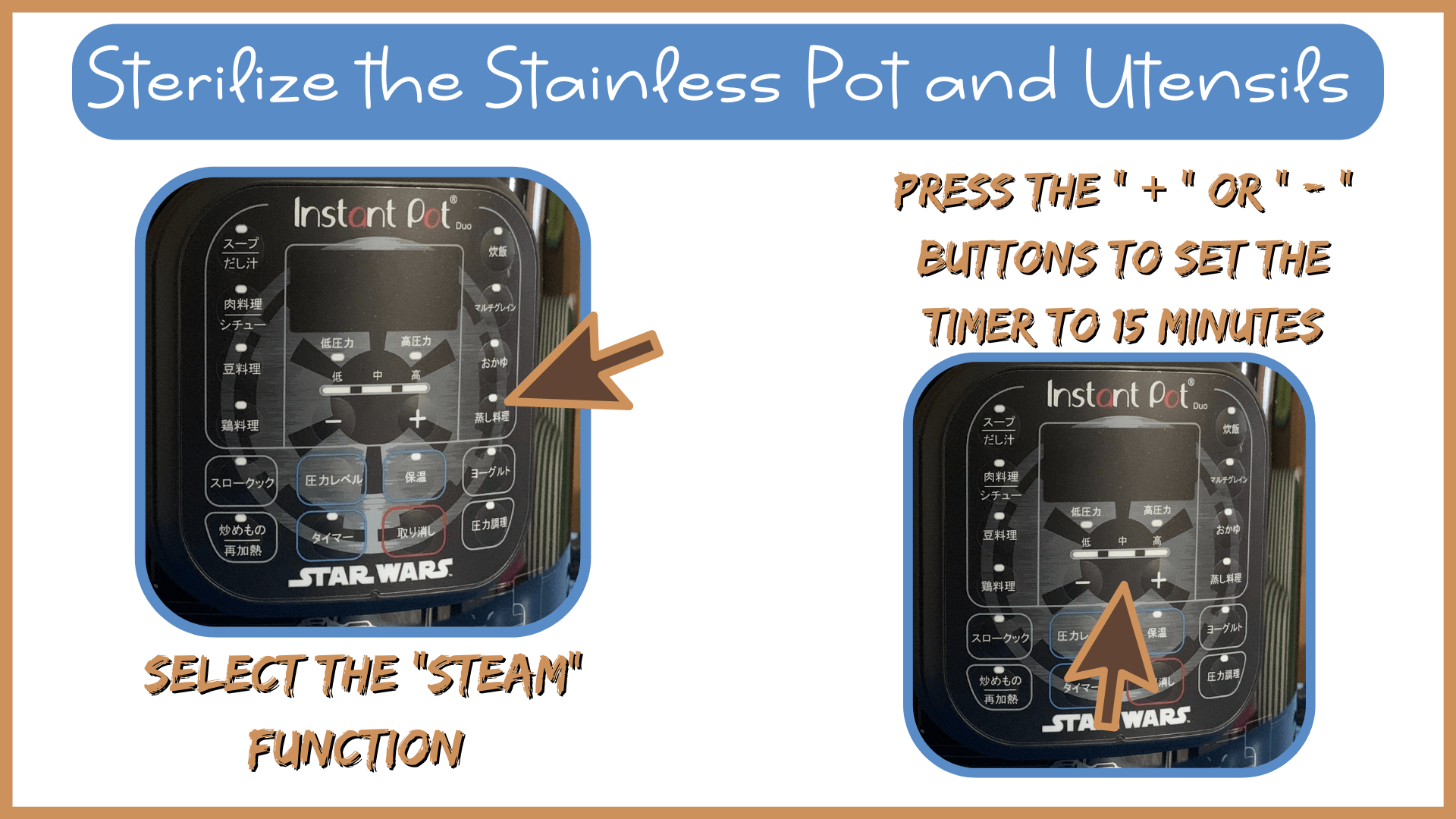
**After the time is up don't open the lid right away.
The pressure inside your all-in-one-pot needs to be released and there are two ways you can do this.
One way is a "natural release" and the other is a "quick release."
For this process of thoroughly cleaning the inside of your machine, use the "natural release."
Natural Release:
Allow the main body of your all-in-one-pot to cool down and the float valve to lower.
The time for this approach can vary from 10-40 minutes, or sometimes longer.
Once you have confirmed that the float valve has lowered, put on oven mittens and move the internal pressure release vent to the "Venting" position.
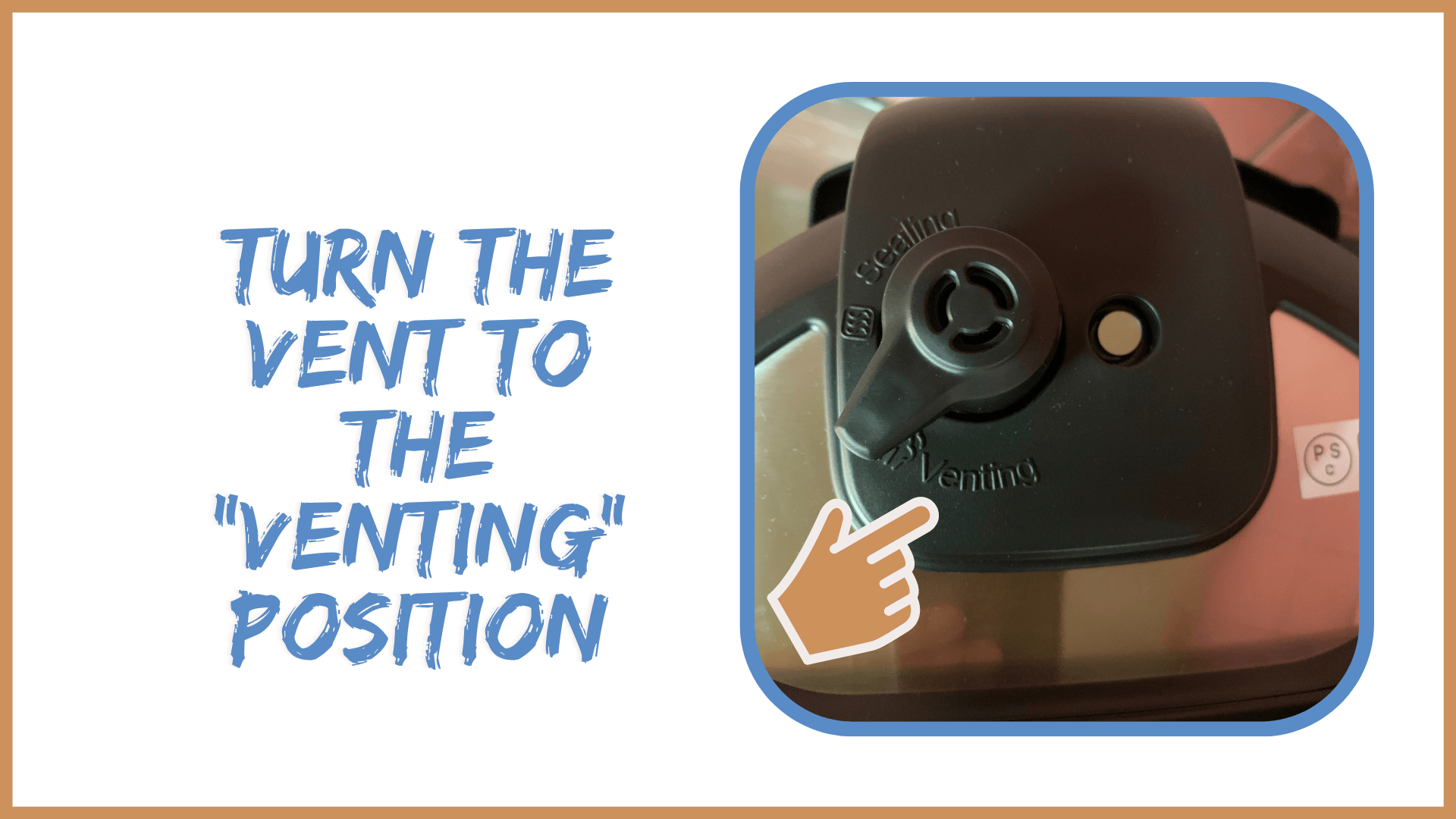
Wait a moment to make sure all of the internal pressure has been released.
While holding onto the lid handle, slowly turn the lid to the "Open" position and lift it off.
Set the lid aside and take out the steaming basket.
Allow the lid, the basket, and any stainless utensils to air dry.
Remove the pot and discard the water (lemon too, if you used any).
Place the pot back in your machine to air dry.
Your cookware and all-in-one-pot are now sterilized and natto odor-free.
What to do next?
With your all-in-one-pot, silverware, cookware, and tableware clean and natto odor-free, have you decided how you'd like to enjoy eating natto the next time?
Craving some natto as a topper on your rice?
Try these 4 Go-To Combinations next time your wanting some fermented soybean goodness.
Want to change up your natto with rice menu?
These 5 Natto & Rice Combinations will give you the variety you're looking for.
Are you hoping to eat natto with something other than rice?
Try these 3 Natto & Noodle Combinations to turn your next noodle dish into something "Super" and add a unique flavor and texture to the meal.
いただきます。"ee-taw-daw-key-maas" - Let's Eat!
Keep up with the latest Natto Goodness by following Simply Natto on social media
The Latest Natto Talk
-
Natto Food with Sauces and Spices
Natto food with sauces and spices is a traditional and simple way for you to enjoy natto. It's a great way for you to savor some fermented soybean goodness. -
How to Make Wara Natto
Let's learn how to make wara natto. For centuries, Japanese natto has been made using rice straw, and now you can make it too. -
How to Make Natto with an All-In-One-Pot
Let's learn how to make natto! I'm going to show you how to make your own sticky, stringy beans using an all-in-one-pot. -
How to Make Hojicha Natto
Let's learn how to make hojicha natto! I'm going to teach you how to make your own sticky, stringy beans with a roasted green tea twist in 6 easy steps. -
How to Make Coffee Natto
Let's learn how to make coffee natto! I'm going to teach you how to make your own sticky, stringy beans with a java twist in 6 easy steps.
